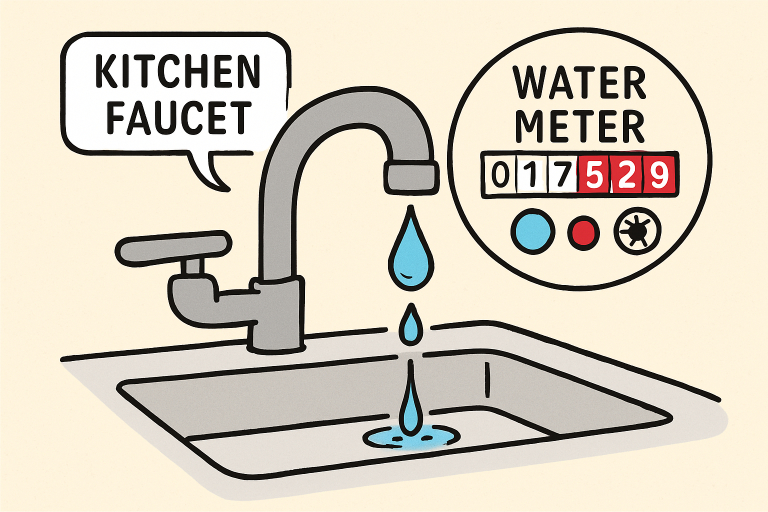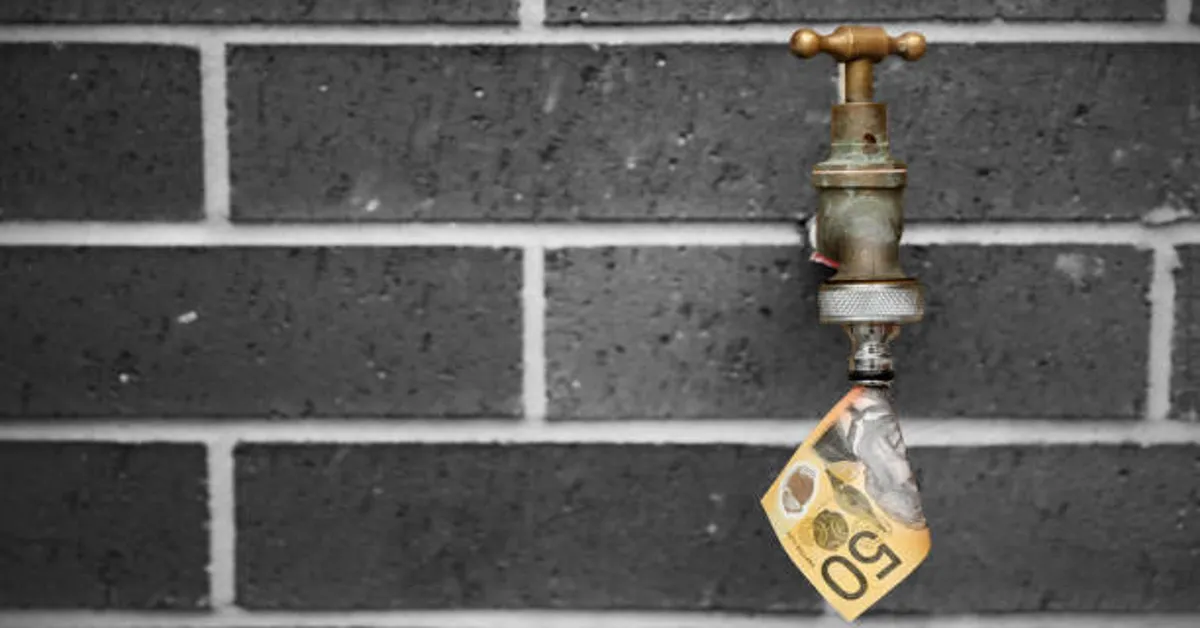Key Takeaways
- Even minor faucet leaks can waste thousands of gallons of water annually.
- The financial and environmental impacts of leaks go beyond a higher water bill.
- Identifying the cause and fixing leaks promptly saves resources and prevents home damage.
- Preventive maintenance is crucial for long-term savings.
Understanding the Impact of a Dripping Faucet
A dripping faucet is more than a minor nuisance—it’s a silent drain on your resources. That slow, steady drip signals gallons of water and dollars lost over time. Not only does it keep you up at night with its rhythmic tapping, but it also chips away at your budget and the environment. If you search for a reliable plumber near me, you’re already on the right track to stopping the damage before it worsens.
Addressing a leaky faucet isn’t just about fixing a minor annoyance; it’s about responsible homeownership. Even the smallest leaks contribute to water shortages and strain our already pressured water systems. This wasted resource eventually returns to your wallet through higher utility bills every month.
Quantifying Water Waste
Just how much water does a small drip waste? The EPA reports that a single faucet dripping once per second can waste more than 3,000 gallons in just one year. That’s the same amount of water used in over 180 showers—an almost unimaginable amount considering the problem seems so small. If left unchecked, leaky faucets across American households add up to nearly 1 trillion gallons of wasted water annually, according to U.S. Environmental Protection Agency research.
With water scarcity becoming an increasing concern in many parts of the world, taking action—no matter how minor it seems—has a ripple effect far beyond your property line.

Financial Implications
The direct financial impact is plain: higher water bills each billing cycle. But the costs often climb even higher. If the leaky faucet dispenses hot water, your heater is forced to work overtime, compounding your losses with increased energy bills. Over time, that persistent trickle contributes to waste and the gradual decline and eventual failure of fixtures and surrounding materials.
Moisture from ongoing leaks leads to hidden damage. Cabinets and countertops may warp, water stains set in, and, worst of all, unnoticed damp areas become rife with mold growth. The remediation costs from long-term leaks—both health and structural—can be significant and rarely covered by standard home insurance.
Environmental Consequences
Wasting water has broader effects than what you see on your bill. Treating and delivering water to your home requires energy. Every gallon lost to a dripping faucet means more strain on local and global resources and increased greenhouse gas emissions from energy usage. As highlighted by the U.S. Environmental Protection Agency, households play a crucial role in water conservation, and fixing leaks is one of the simplest ways to have a direct impact.
Common Causes of Dripping Faucets
Knowing what leads to leaks makes prevention and repair easier. Here are the most frequent suspects:
- Worn-out washers or O-rings: These small components degrade with time and constant use, leading to poor seals.
- Corroded valve seats: Over the years, water sediment builds up and corrodes critical internal parts, especially around the spout area.
- Improper installation or age-related failure: Incorrect installation causes immediate or gradual leaks, and fixtures become leak-prone as they age.
Steps to Address a Dripping Faucet
Act swiftly to address a drip. Here’s a step-by-step approach to a temporary fix or a DIY repair:
- Determine the faucet type: Knowing the style—whether compression, ball, cartridge, or ceramic disk —is crucial for repairs.
- Shut off the water: To prevent flooding, always turn off the water supply before disassembling any part of the faucet.
- Disassemble with care: Carefully take apart the faucet to access the source of the drip.
- Inspect and replace: Look for and replace worn washers, O-rings, or faulty parts.
- Reassemble and check: Return everything and turn the water supply on to ensure the leak is gone.
If the repair feels overwhelming, consulting a professional plumber ensures the fix is done right the first time and protects your home from further damage.
Preventive Measures
Routine upkeep and vigilance are your best defenses. Follow these practices to reduce leaks:
- Regular inspections: Check faucets and pipes periodically for early signs of leaks or corrosion.
- Upgrade old fixtures: Older faucets often develop leaks; replacing them with new, efficient models prevents future problems.
- Monitor your water bill: A sudden spike may be the first indicator of a hidden leak elsewhere in your home.
Stay proactive about repairs and replace aging components before they become problematic.
Final Thoughts
If overlooked, a simple drip can escalate to significant costs. By responding quickly to leaks, using regular maintenance measures, and understanding the broader consequences, you safeguard your finances and the environment. If you have doubts or the issue recurs, don’t hesitate to seek help from a professional who can ensure everything is in top shape. Remember, while the problem appears small, the solution substantially protects your home, wallet, and planet.

